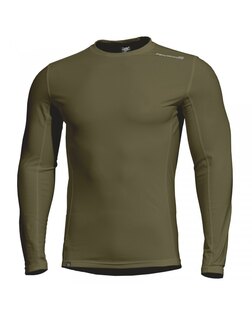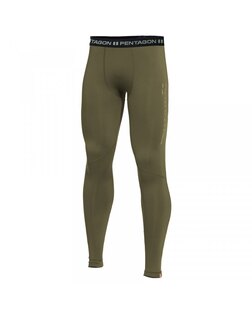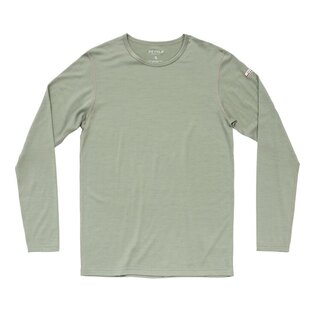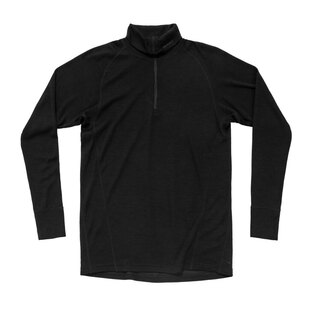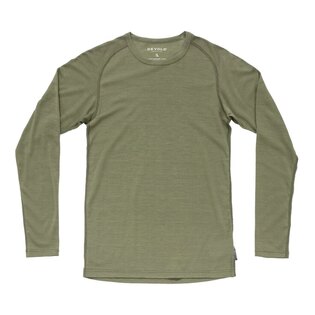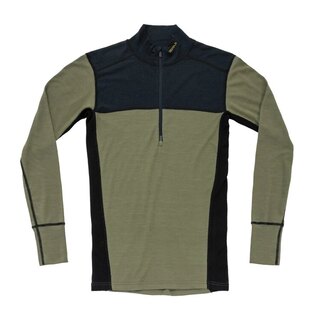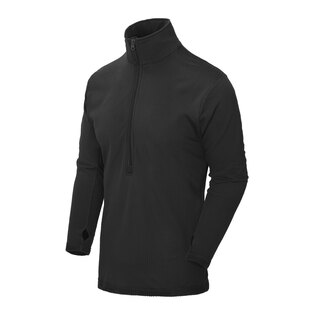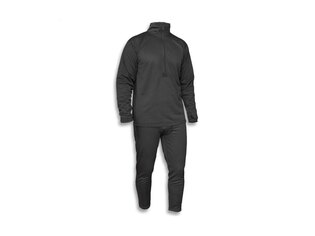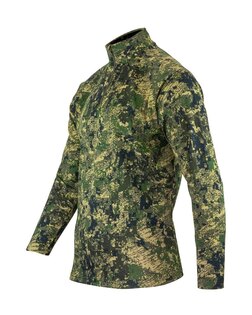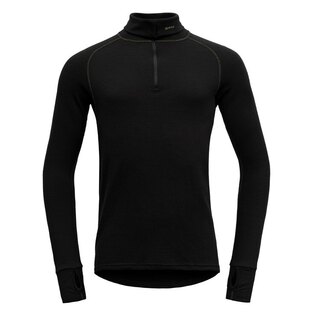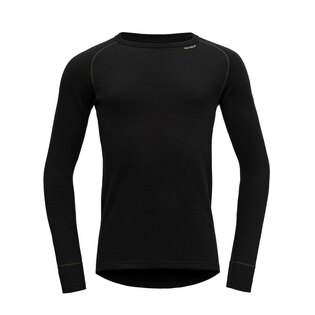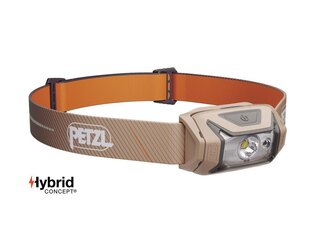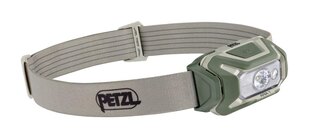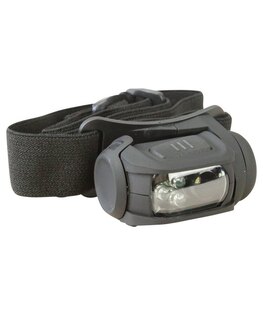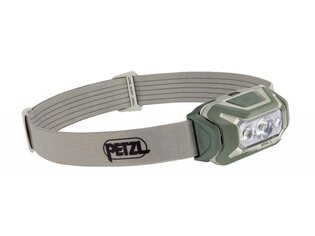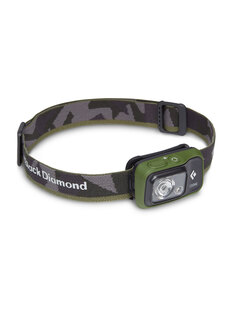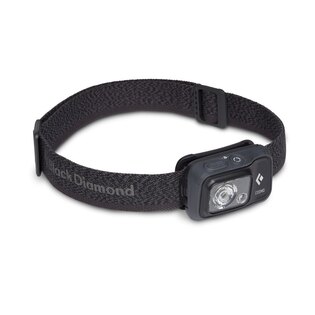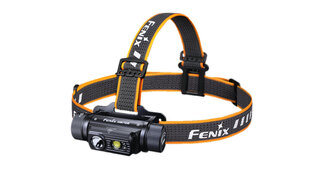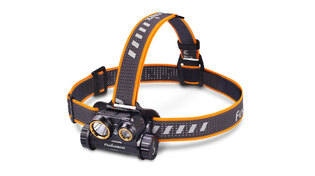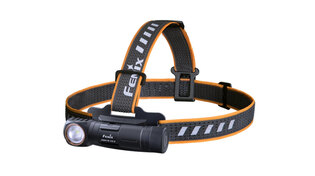What to do if you get lost in a winter landscape?
Do you enjoy setting off on trips into the winter nature and as much as we do? Are you really into mountain hiking? And would you believe that getting lost in a winter landscape is something that can happen to anyone - even to the most experienced hikers? How do you properly equip yourself for a winter hike and what to do if you unexpectedly stray from your path and lose your direction? How to try to survive in nature permeated by cold and frost? That's exactly what we will now address and look at basic winter survival techniques. It's always best to be well-prepared because you never know what might happen on your trip!
Winter has ideal conditions for losing orientation
During the winter season, many tourists get lost in nature. This is mostly due to the great variability of the weather, which can change really from minute to minute. And also because many people unfortunately overestimate their capabilities and skills, often venturing, sometimes quite unintentionally, where an ordinary tourist should not be.
The unfortunate part is that many people often have no clue about the basic rules on how to equip themselves for such tourism and how to behave in harsh winter conditions in the wild. It's not uncommon to encounter people in the mountains who set out on a hike in completely inappropriate clothing, such as jeans and shoes more suitable for city walks than mountain hiking. However, it certainly shouldn't be this way, because during the winter season and in freezing temperatures, the human body cools down very easily and quickly. Winter is truly a merciless season that certainly has no compassion for us, and therefore it is necessary to face it with common sense.
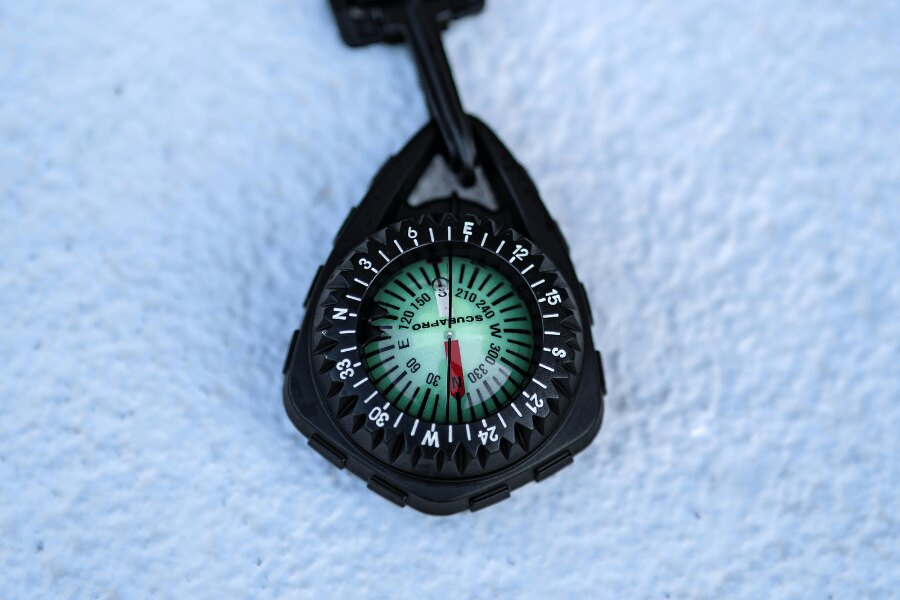
Never overestimate your strength, especially in mountainous areas.
And how does it actually happen in winter that a person changes their direction so easily without wanting to? In the mountains, it's quite simple. The weather there is very unpredictable, and even when it's beautiful and the sun warms your back, it can be completely different just a few hundred meters away. Suddenly, you find yourself in fog where you can't see a step ahead, and stepping off the pre-planned path is something that can happen to anyone in such adverse weather conditions.
You might also be hit by a snowstorm, which quickly covers any tracks and envelops the entire landscape in a snow cover quite rapidly. Then it isn't hard at all to get lost, even in a forest where you think you know it like the back of your hand.
Be consistent in equipment
As previously mentioned, the way you dress for a hike plays a significant role in your chances of survival if you happen to get lost. If you set off in walking shoes and a light jacket, your chances of survival decrease before someone finds you. In such clothing, you are at a definite risk of hypothermia, and then it's just a matter of a short time before it becomes fatal. So, how should you dress for a winter hike?
The best way to dress, so you stay comfortably warm yet can still move naturally, is the principle of layering your clothing. You start with functional underwear and add additional layers as needed, up to the outer protective layer. Keep in mind that you can always remove a layer of clothing, so if you have one extra, you can simply take it off. Choose quality outdoor waterproof clothing and non-slip shoes, and also don't forget gloves, a scarf, and a head covering, as the most heat escapes through the head.
Don't forget the backpack, where you will carry a tourist map (in case your phone with navigation dies, a paper map definitely won't turn off), a supply of liquids, some light food or snacks to replenish energy, and spare socks and clothes. It's always good to have a fully charged mobile phone with you, in case you need to call for help. Also keep in mind a flashlight or headlamp, because if you get lost, the rescue operation might extend into the night, or worse, even several days.
Of course, bring identification and medications if you take any, but I definitely wouldn't leave out a pocket knife and a travel first aid kit. And a whistle! That should not be missing. Are you now wondering why on earth such a necessity like a whistle? It's not a useless thing at all, but a great tool if you get lost. No, it really won't serve you as a musical instrument to lighten the situation. It has a much more important role if you get lost. Your rescuers will hear the whistle much better than just calling for help, and it will help them find their way to you.
Finally, matches, a fire starter, and a lighter. I don't think I need to explain what they are for. It's always better to have multiple options for starting a fire, in case one of the methods fails. This way, you can try another method and have a better chance of actually starting a fire.
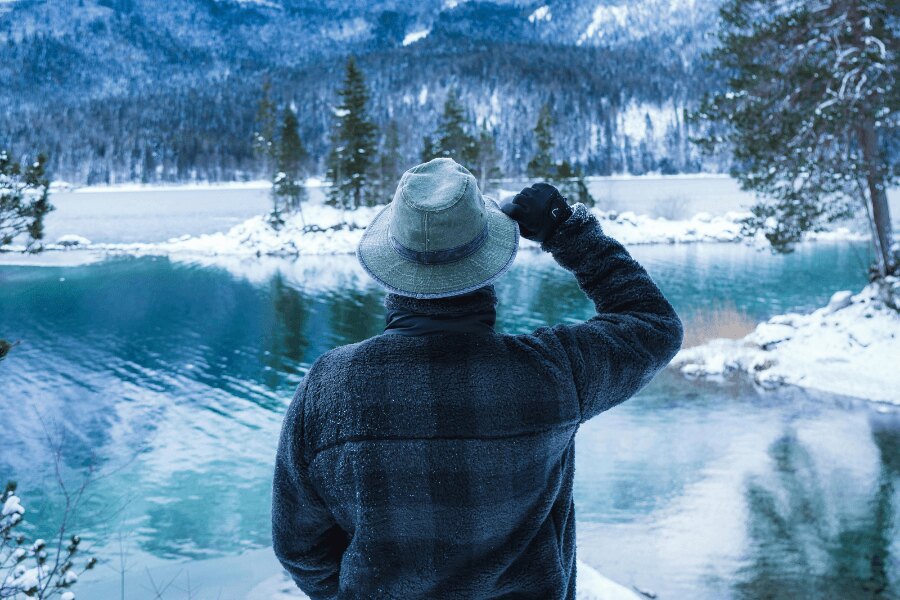
The best way to dress, so you stay comfortably warm yet can still move naturally, is the principle of layering your clothing.
Further necessary steps before starting the trip
We should have equipment and clothing. But there are still other things you shouldn't forget to do before your adventure. Before you set off on a trip, it's good to find out the contacts for the mountain service if you're going to the mountains. An old piece of news is also the rescue app, which can be used if you need help. The advantage of this app is that it locates you itself, making it easier for rescuers to find you. This also increases your chances of survival in the freezing wilderness.
Always let someone know where you plan to go. If you don't return for a long time, the person who knows where you went can contact the rescuers. Never overestimate your strength, especially in mountainous areas. What may seem like an easy goal at first can quickly turn into a fight for survival.
What to do when you get lost?
Here are few good tips on how to survive in a winter landscape. If you find yourself in that difficult situation, of course, call for help immediately and try to stay active above all. There is no worse mistake you can make than lying down and sleeping; your body won't generate as much heat as when you are moving. But be careful not to overheat, which could lead to excessive sweating, and it's really not ideal to wait in wet clothes for your rescue at temperatures below freezing.
If you run out of food supplies, look around your vicinity for something to eat. Unfortunately, during winter, the situation regarding natural resources is noticeably more challenging, but you can certainly find some fruits. Focus on rosehip or spruce needles, as these should not be difficult to find even in the winter nature. Regarding water supplies, if you run out, you can use snow, which you can melt with your body heat, for example.
And it's definitely not a bad idea to build a small shelter, perhaps from branches, which will protect you from adverse weather conditions and also help you retain heat. When building the shelter, be sure not to make it unnecessarily large and don't build it under trees that might topple or have heavy branches fall. If there is a cave nearby, you can take shelter there. Well, and finally, the most important thing, make a fire, which will warm you, help protect you from wild animals, and you can also make tea from the collected resources on it.
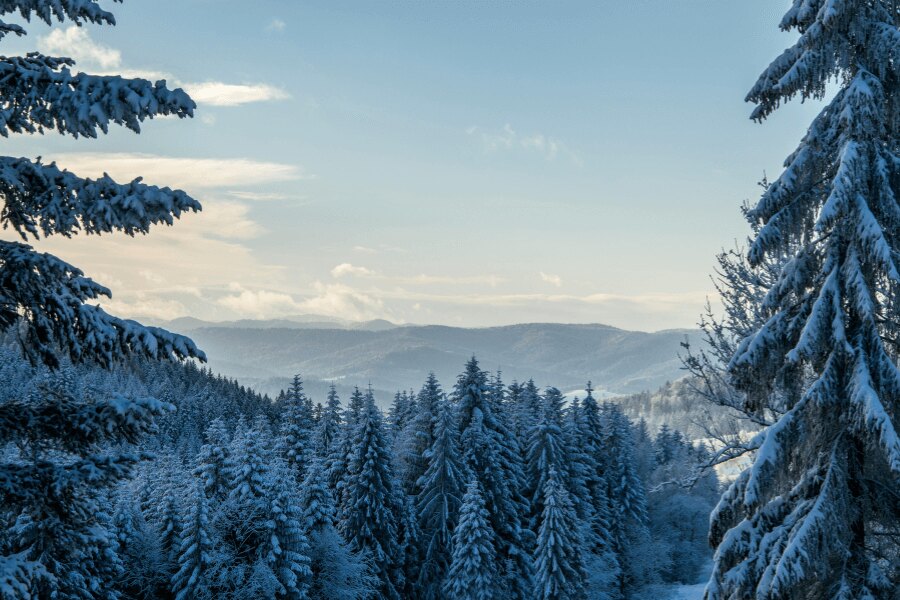
Before you set off on a trip, it's good to find out the contacts for the mountain service if you're going to the mountains. An old piece of news is also the rescue app, which can be used if you need help.
Surviving in winter nature is no joke at all. It is one of the worst possible situations that can occur. The freezing weather poses a threat of hypothermia or even death. You do not have enough natural resources available to replenish energy. Even for rescue services, the situation is much harder than rescue operations in nice summer weather. Therefore, if you are going somewhere, it's good to know at least these basics, which can ensure that the whole story doesn't have to end badly at all. Whether you're planning to go anywhere in the wilderness, even for a one-day trip, you should always use common sense, be adequately equipped, and avoid overestimating your strength.
Once more, in brief: dress well, have at least basic equipment, note down contacts, and have at least a basic awareness of survival techniques in nature. We offer quality equipment for winter nature in our e-shop, so take a look, maybe something might come in handy for your trips!
Readers are further interested







































































































































